A moss pole is a gardening tool that is used to support the growth of plants. The moss allows the roots to easily climb up the pole and take hold.
They have been around for years and there are many different models on the market, but it may not be your best option if you have other options available.
In this post, we will discuss six of the most popular alternatives to moss poles so that you can pick one that will work best for your needs!
Moss Pole Alternatives
Here are six of the most popular alternatives to moss poles:
1. Coir Poles (coco fiber)
Coir is a natural fiber made from the husks of coconuts. It is often used in gardening because it is water-resistant and biodegradable. It is made by wrapping the coir around a metal or bamboo pole, which means you can make this pole yourself!
All you need is some coir, metal or bamboo pole, and some wire. You will have to wrap the fibers around the pole in tight layers so that they can be sturdy enough for your plants.
2. Bamboo Poles
Bamboo poles are strong and can be used to support heavy plants. They are also very stylish if you want something that is attractive in your garden or patio.
Bamboo is one of the oldest and most traditional ways to stake a plant. It is the perfect balance of sturdiness and nature. While PVC pipes are solid, they are unsightly when placed in the ground. Bamboo is a great alternative, especially if you are looking for something that will blend into your garden’s landscape.
You can also cut them to your desired length, which is a nice benefit that you may not get from other types of poles.
3. Trellis
Trellis is a bit different from the other options on this list but is a great way to add some extra support to your plants. You can either buy a trellis or make one yourself using materials like wood, metal, plastic, or even bamboo!
If you are looking for an easy option, you can purchase a pre-made trellis at your local gardening store. They come in different shapes and sizes, so you should have no problem finding one that will work for your needs.
4. PVC Pipe
PVC pipe is a popular choice for gardeners because it is sturdy and can be cut to the desired length. It is also less expensive than some of the other options on this list.
These poles last for years because they are made of quality materials. The downside is that they will need to be painted if you want them to look good in your garden or home.
5. Metal Pipe
A metal pipe is a good option for gardeners who want a more rustic look in their garden. It is also very sturdy and can support heavy plants. There is no chance for the pole to break apart, unlike softer plant poles.
The downside is that the surface is so hard that any aerial roots can’t attach themselves to the pole as easily when compared to moss poles.
6. Wooden Sticks
Wooden sticks are the least expensive option on this list, and they are also very easy to find. However, they are not as sturdy as some of the other options listed here. You can simply search your garden for fallen branches and use those.
Some gardeners even use wooden slabs for their poles. If you go this route, make sure that the wood will not rot over time. However, when done correctly, this allows you to grow your own tree-like plant in your home! Here’s a video of someone doing exactly that:
Why I Think Moss Poles Are the Best
They provide structure and support to plants that do not have a strong root system on their own. This is why they are commonly used for greenery such as ivy, pothos, and monstera plant.
In fact, I have one in the room where I am currently writing! It is a monkey leaf monstera that needs a pole to grow cling onto. Without the pole, the leaves would fall and flop onto the ground.
Moss is the best because it can attach to the pole and provide a grip for the plant’s roots. I prefer moss because I can push the aerial roots into the surface, which I simply cannot do with other moss pole alternatives, like bamboo.
Conclusion
In conclusion, there are benefits and drawbacks to all of these alternatives, but moss poles remain the most popular option for greenery. I think the benefits of using a moss pole outweigh the drawbacks, but you should decide what is best for your needs.
If you are looking for a sturdy and stylish gardening tool to support the growth of your plants, then you may want to consider a coir pole. Coir is a natural fiber made from the husks of coconuts and it is water-resistant and biodegradable.
PVC pipe is a good choice for gardeners who want a sturdy pole that can be cut to the desired length, and a metal pipe is a good option for gardeners who want a more rustic look in their garden.
If you are looking for an inexpensive option, then wooden sticks are a good choice. However, they are not as sturdy as some of the other options listed here. You can simply search your garden for fallen branches and use those.
I hope you have enjoyed this post. Thanks for reading!
Tim is an avid gardener from the UK. He was the founder of PlantCarer.com from 2021 to Sep 2023. He sold PlantCarer.com to Aaron. He has since started his own business called Seed To Supper, which provides new gardeners all the materials you need in a box (pots, seeds, compost and instructions) to grow your own delicious and nutritious vegetables and herbs from start to finish – no garden required.



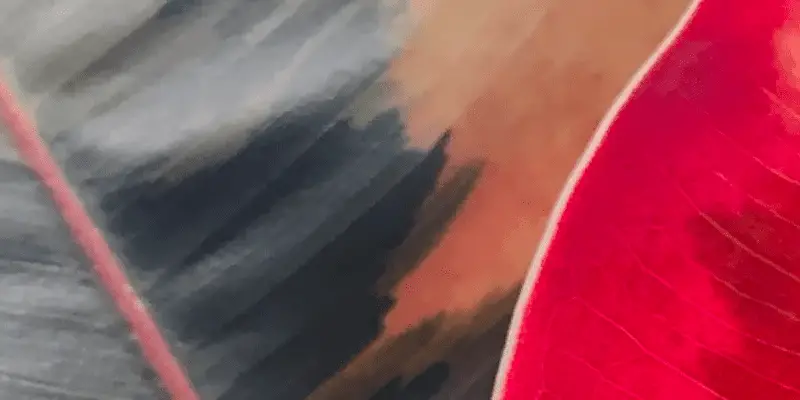
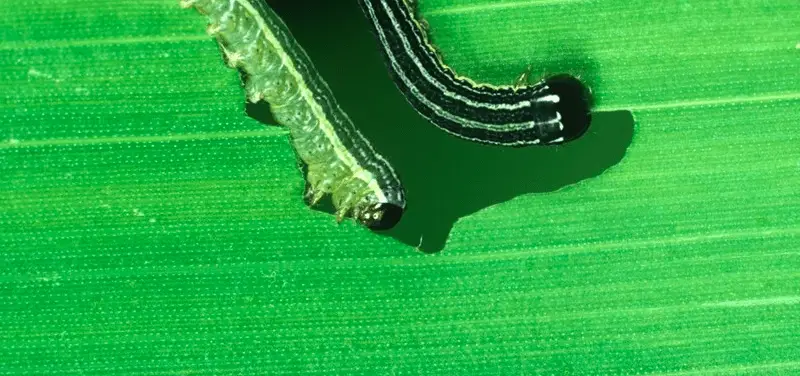
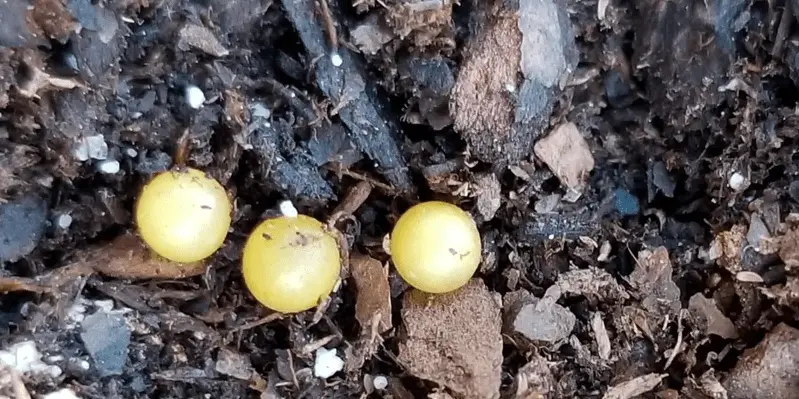
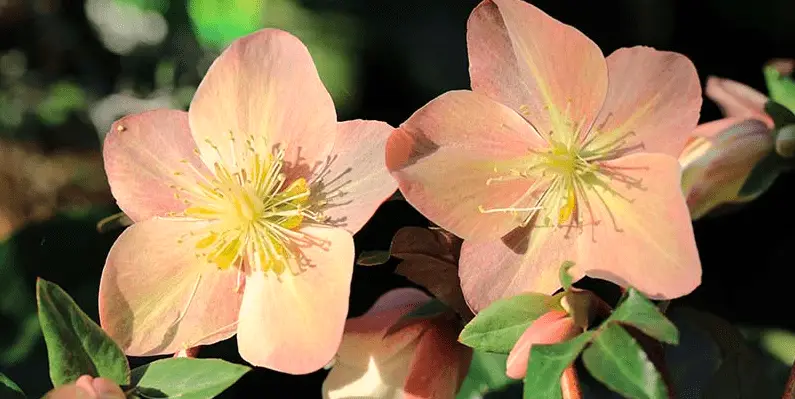
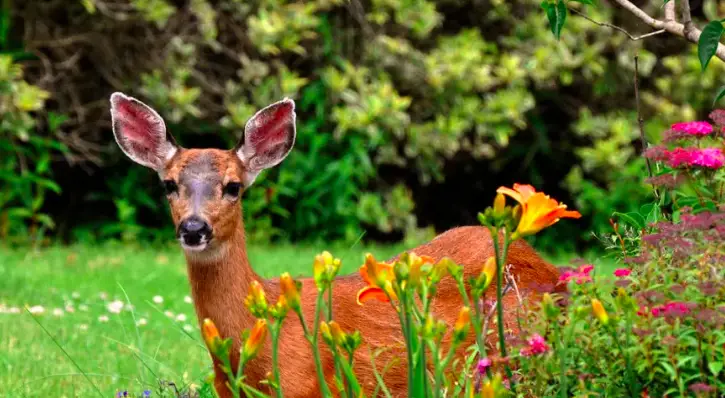
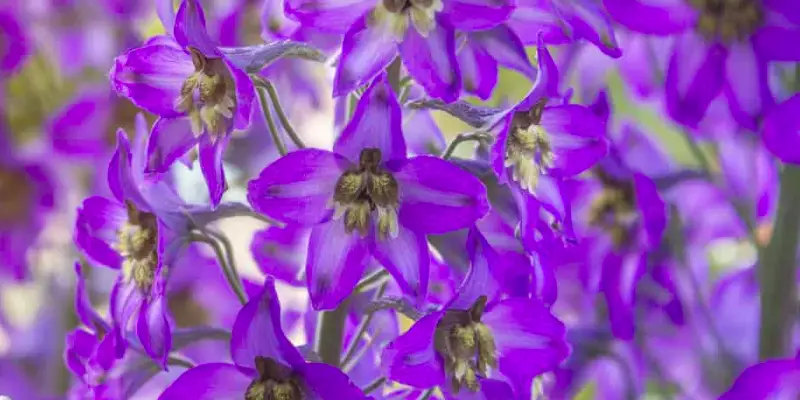
0 Comments